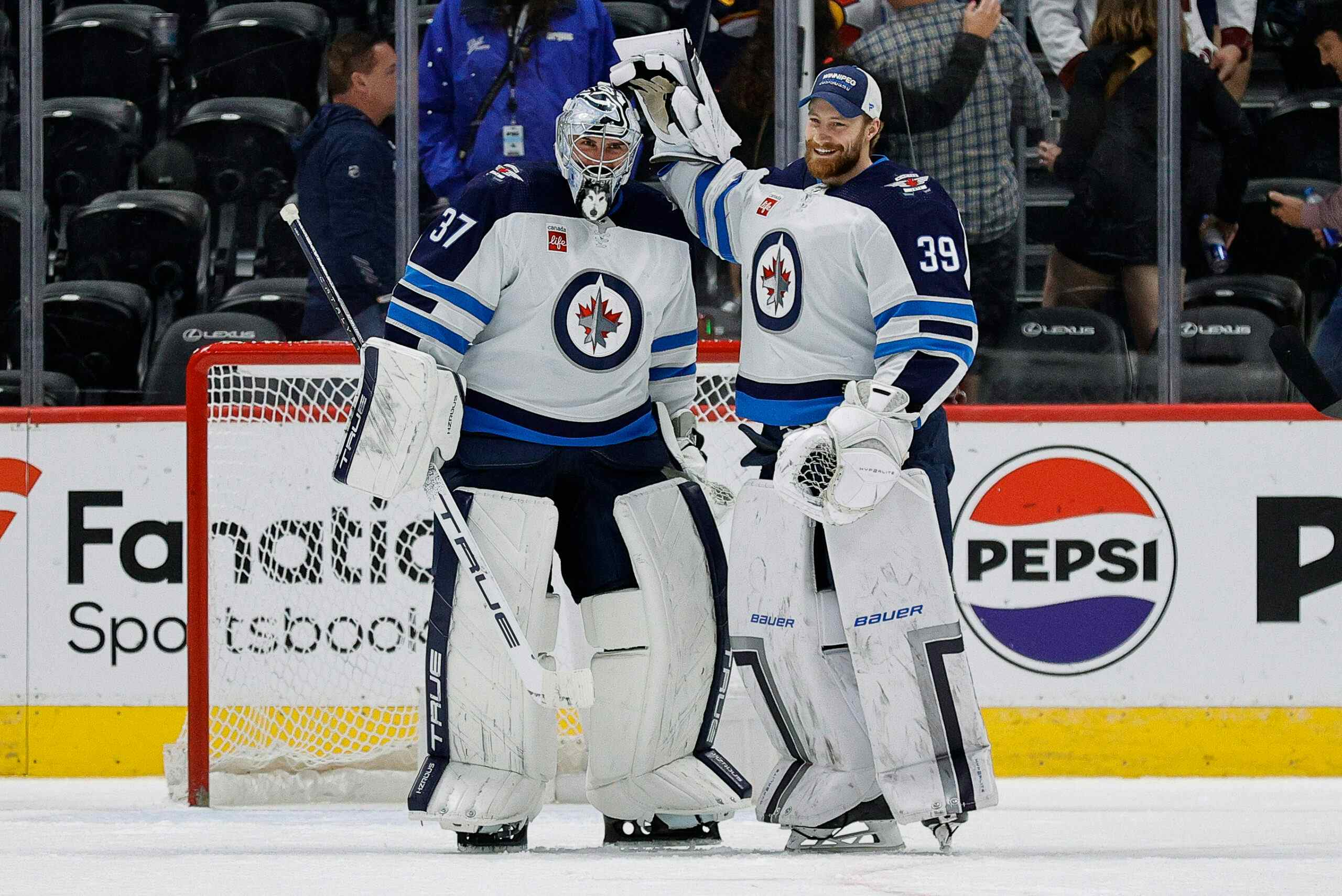The Winnipeg Jets rental shopping list
By Garret Hohl
9 years agoThe trade deadline fast approaches, and with it comes increased talk about a day that tends to disappoint. The Winnipeg Jets’ main target for the deadline is clear. General manager Kevin Chevaldayoff has talked about wanting to add another top nine winger for well over a year.
The Jets are at an important step in their development as they look to compete in the playoffs for the first time as an organization in Winnipeg. How they approach this trade deadline is crucial.
What type of trades are realistically available for the Jets?
The Traditional Rental
The typical rental is a player approaching UFA status this summer, typically on a team unlikely to make the playoffs or in a rebuild situation.
The two best examples of this are Daniel Winnik and Sean Bergenheim.

Both Bergenheim and Winnik have been exceptionally underrated players in impacting results. Winnik’s shot metrics have likely been harmed from his time in Toronto but both still are exceptional drivers in possession. Winnik predominately specializes in shot suppression, while Bergenheim is about equally proficient in both shot creation and suppression.
Which one of these players is a better fit likely depends on who they are slotted to play with. Winnik has produced assists at a higher rate, while Bergenheim has been far more effective in goal scoring. The Jets most likely candidates for linemates are Adam Lowry, Michael Frolik, and Drew Stafford. Lowry has yet to produce either goals or assists at a high rate, although he pushes the play well. Stafford though has been a more effective goal scorer, while Frolik has been the better in assist production.
The Toronto Maple Leafs have apparently been seeking a second round pick with either a third round pick or B prospect in return for Daniel Winnik; however, the asking price is likely much lower for Begenheim.
Rental with Term
Viktor Stalberg is one potential source of a slightly more long term piece. Stalberg has two years remaining on on his 3M cap hit, although he gets paid 3.5 in each season. At twenty-nine he would be one of the older Jets, but still within the Jets age range for core pieces.

Stalberg’s shot metrics and scoring rates are comparable to Winnik and Bergenheim. The forward has fallen through waivers twice this season as the Predators have retooled for the playoffs. They would likely be willing to retain salary for a late pick, although may not want to trade within their division.
Stalberg represents a market inefficiency not uncommon in the NHL. He performed exceptionally well on the Chicago Blackhawks, earning him a decently sized contract. With large contracts comes large expectations, expectations that Stalberg has not met. This ignores the fact that Stalberg has still been a bonafide NHL player. He hasn’t exceptionally pushed the play while on the Predators like in Chicago, but the team has still possessed the puck more with him on the ice than on the bench. His 1.4 even strength points per sixty paces Stalberg only behind Frolik for the Jets bottom six pieces.
Speeding up the Development
No team actually intends on improving the now at the expense of mortgaging the future. However, some teams are at different points in building around their core pieces.
Fans are naturally apprehensive with spending picks for non-impact roster pieces; however, it can be a savvy move if used carefully. A second round draft pick doesn’t reach NHL regular status nearly 60% of the time. While picks have high potential, their average return is lower than many of the NHL players traded for them. Their value comes in the timing of the return.
The Jets are in the middle stages of building. The age of their core suggests the Jets are looking more towards the long haul as opposed to contending for a cup this season. Chevy is looking to add talent for the next 1-3 years.
Gary Lawless recently mentioned on twitter that the Blue Jackets are interested in moving Matt Calvert.

Calvert doesn’t carry sexy numbers like Winnik, Bergenheim, or even Stalberg. He actually has been pretty useful in shot repression, which makes him an ideal bottom six piece. His scoring hasn’t been top-six worth, but still above average for a third line player.
He does however have one unique attribute the other three do not: youth. At only twenty-four, Calvert is young enough to fit with core pieces like Mark Scheifele, Adam Lowry, and Jacob Trouba, with the added bonus of RFA status. RFA years turn a one year rental into a player that can be a more longterm piece without the cap cost of a player like Stalberg.
Closing Thoughts
There are three directions the Jets can go if they want to add to their NHL roster. They can look at the traditional rental route of adding a pending UFA like Daniel Winnik or Sean Bergenheim for the season. If they want someone for more than just a season, they could try attacking a market inefficiency in players not meeting expectations like Viktor Stalberg.
The best option though at the Jets’ stage in development is looking for a young, cheap, and cost-controlled player like Matt Calvert. Calvert is good enough to play on the third line, while cheap enough to move to the fourth line as the Jets add talent from the farm.
Recent articles from Garret Hohl





